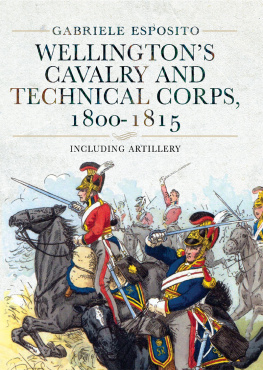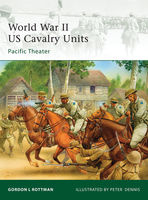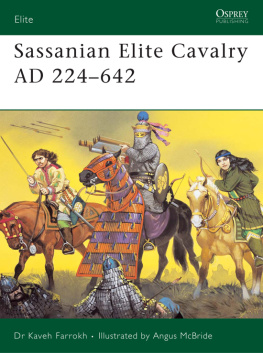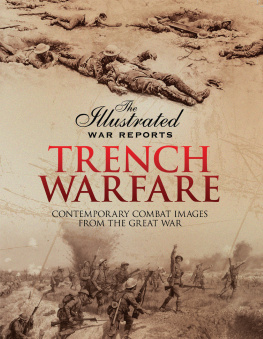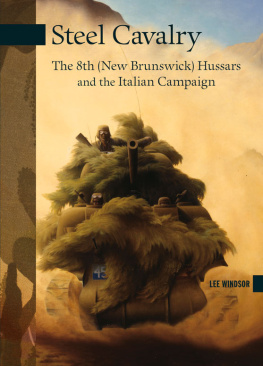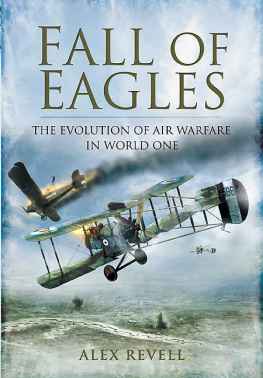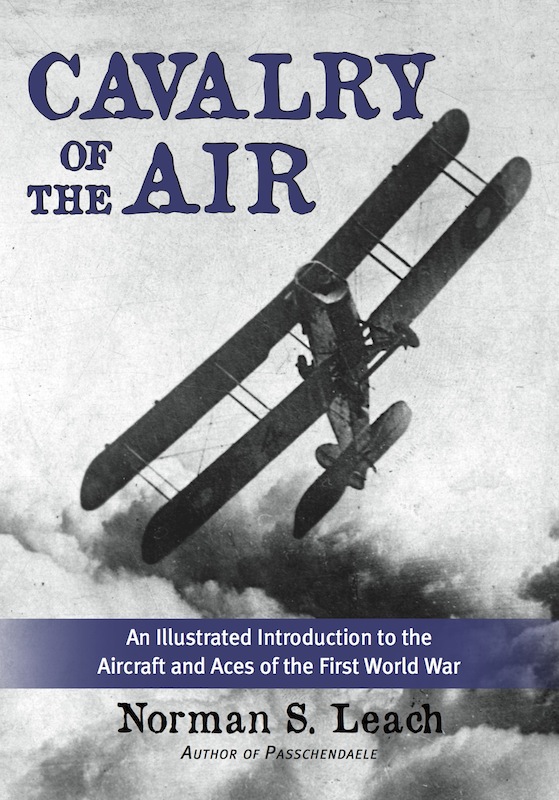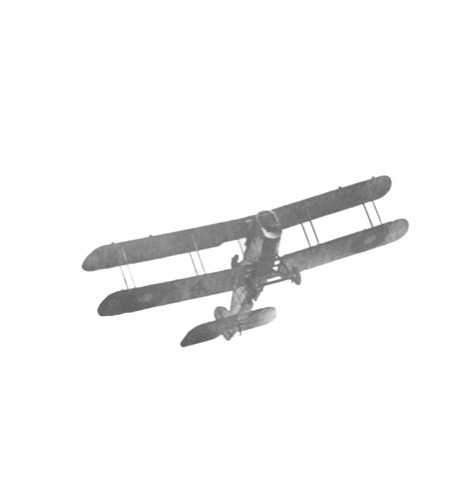Copyright
Copyright 2014 Norman S. Leach
All rights reserved. No part of this publication may be reproduced, stored in a retrieval system, or transmitted in any form or by any means, electronic, mechanical, photocopying, recording, or otherwise (except for brief passages for purposes of review) without the prior permission of Dundurn Press. Permission to photocopy should be requested from Access Copyright.
Unless otherwise stated, the images reproduced in this book are in the public domain.
Project Editor: Jennifer McKnight
Copy-Editor: Kat Mototsune
Design: Courtney Horner
Cover Design: Carmen Giraudy
Cover Image: U.S. Library of Congress
Epub Design: Carmen Giraudy
Library and Archives Canada Cataloguing in Publication
Leach, Norman, 1963-, author
Cavalry of the air : an illustrated introduction to the aircraft
and aces of the First World War / Norman S. Leach ; foreword by
Colonel John Melbourne.
Includes bibliographical references and index.
Issued in print and electronic formats.
ISBN 978-1-4597-2332-0
1. World War, 1914-1918--Aerial operations. I. Title.
D600.L42 2014 940.44 C2014-902136-4
C2014-902137-2
We acknowledge the support of the Canada Council for the Arts and the Ontario Arts Council for our publishing program. We also acknowledge the financial support of the Government of Canada through the Canada Book Fund and Livres Canada Books, and the Government of Ontario through the Ontario Book Publishing Tax Credit and the Ontario Media Development Corporation.
Care has been taken to trace the ownership of copyright material used in this book. The author and the publisher welcome any information enabling them to rectify any references or credits in subsequent editions.
J. Kirk Howard, President
The publisher is not responsible for websites or their content unless they are owned by the publisher.
Visit us at: Dundurn.com
@dundurnpress
Facebook.com/dundurnpress
Pinterest.com/dundurnpress
Dedication
Books never write themselves. Cavalry of the Air happened only because of the support and love of my wife Maritza and my daughters Stephanie and Chelsea.
Foreword
I t is amazing how aviation has progressed over a century from aircraft of wood and canvas to the modern materials in the high-tech aircraft of today.
The First World War was the first war in which aircraft were used in combat. Observation balloons had already been employed in several wars, including the American Civil War. These platforms were used primarily for artillery spotting. The advancement of aviation, similar to other technical progress, rapidly developed due to war. In 1914, at the outset of the First World War, aircraft were nothing more than gliders with engines. Four years later, they were different technology had advanced greatly.
The First World War, like any other conflict, was waged with a horrible cost of life. A First World War pilots life was measured in days, not weeks. This book covers aviation in the First World War and the young men who flew these aircraft.
John E. Melbourne, CD
Honorary Colonel
410 Tactical Fighter (OT) Squadron
Royal Canadian Air Force (RCAF)
NOCTIVAGA
Introduction
T here is no more iconic image of the First World War than the daring ace flying a rickety machine made of wood and cloth held together with wire. His silk scarf flowing in the wind, the daring aviator challenged his opponent to a fight to the death over the battlefields of Europe.
Had you been at Baddeck, Nova Scotia, in 1909 only five years before the start of the First World War when Alexander Graham Bells company flew what was hardly more than a kite with a motor, you would not have been able to imagine the advances in aviation that were to come.
For the young cavalry officers looking at the war clouds forming over Europe after 1900, it was increasingly clear that conflict would be very difficult to avoid. In Europe and around the globe, Great Britain and Germany were challenging each other for dominance in a world growing ever smaller through colonization and modernization. New superpowers, including Japan, were flexing their military muscles defeating great empires on their way to regional power and control. The world was quickly becoming an unstable place in which no one country was clearly the most powerful.
There is a military maxim that generals are always fighting the last war. This is only natural. When generals are young lieutenants they attend military schools where those who fought the last war are the teachers. In every major country, young men look to history for lessons on how to fight the coming war. Unfortunately, in the early twentieth century, history would have little to teach.
In the Boer War (18991902) Great Britain and her Dominions faced off against local Dutch settlers, the Boers, determined to keep Great Britain from expanding her territories in South Africa.
Very quickly, the war became one of lightning strikes and rapid retreats by the Boers against rigid British infantry formations. The Boers had early successes that stung the British, and soon the long lines of the infantry were supplemented by hard-riding cavalry and mounted infantry from Great Britain, Canada, and Australia. The horsemen proved perfect for chasing down the Boer raiding parties and for quickly covering the great distances of the South African plains. In the end, Britains use of mounted troops turned the tide and won the war.
The static trenches and thick, cloying mud of France and Belgium in 1914 could hardly be farther from the plains of South Africa, both in distance and in territory. It didnt take a graduate of a military college to recognize that there would be little role for the cavalry in Europe. While cavalry officers like British Field Marshal General Haig always believed that the great and glorious cavalry charge would make a difference, the men knew better. Soon, dashing cavalry officers were searching for another way to find action and glory. At the same time, forward-thinking generals were searching out new technologies to gain an advantage on the battlefield. The traditions of the cavalry were to become the way of the future.
No technology, ever in history, made the advances aviation did in so short a time. The world moved from Bells flimsy Silver Dart to German bombers threatening London in well under a decade; from joyriding over farmers fields to air-to-air combat in less than five years. The airplane became vital to success on the battlefield.
Soon, droves of young men were leaving their horses behind and streaming to aerodromes across Canada, Australia, and Europe. The modern airplane promised freedom from the rigid trench life of the infantry, the freedom of the skies and the glory of personal victory.



